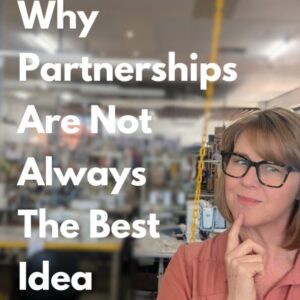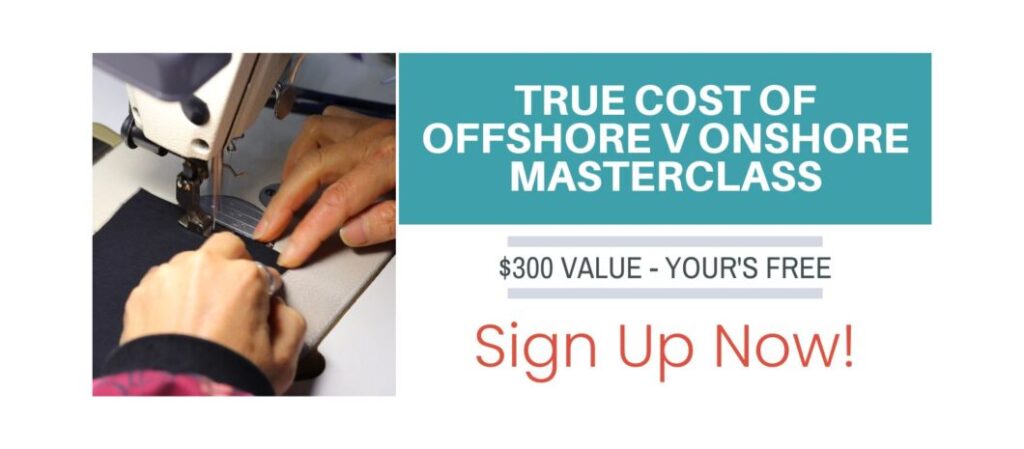Unlocking the Secrets of Fashion Partnerships

Starting a fashion label with a friend sounds like a dream come true, right? You get to work closely with someone who shares your vision and passion, and you get to make decisions together. But before you dive headfirst into a fashion partnership, there are some important things you need to consider. Here’s a guide to help you navigate the world of fashion partnerships and set yourself up for success.
The Allure of Fashion Partnerships
Why Partner Up?
It’s easy to see why fashion partnerships are so appealing. You get to brainstorm ideas, share responsibilities, and combine your skills to create something amazing. But, while the idea of teaming up can be exciting, it’s not always as simple as it seems. There are several factors to consider before jumping into a partnership.
The Safety in Numbers Myth
One of the main reasons people look into fashion partnerships is the sense of security it seems to offer. You might think that working with a partner means you can split the workload and have someone to rely on. However, not everyone is thrilled about handling the less glamorous tasks that come with running a fashion business.
When entering a partnership, it’s crucial to clearly define each person’s role. If everyone wants to focus on the creative side, who will handle the less exciting but necessary tasks like project management or production? Without clear roles, your partnership might quickly turn chaotic.
Financial Aspects of Fashion Partnerships
Money Matters
Money is a major motivator for many partnerships. Having a partner with financial resources can seem like a perfect solution to funding your fashion label. However, this can come with its own set of challenges. Financial backers often expect a return on their investment, which might limit your creative freedom.
A financial partner might also want a say in how decisions are made. You could end up feeling like you’re working for them rather than being your own boss. To avoid these issues, it’s essential to clearly outline financial roles and expectations from the beginning. This will help prevent conflicts and keep your creativity intact.
Bridging Knowledge Gaps
Filling in the Blanks
Another reason people consider fashion partnerships is to fill gaps in their knowledge. While a collaborative approach can be beneficial, it’s important to remember that if neither of you has experience in key areas like marketing, production, or sourcing materials, you might face challenges.
Relying solely on online tutorials won’t provide the full picture. Having knowledgeable teammates can help, but it’s essential to acknowledge and plan for any knowledge gaps. Make sure you both understand what skills are needed and how you plan to acquire them.
Balancing Responsibilities
Sharing the Load
In any partnership, different roles come with different time commitments. One role might require only a few hours a week, while another might take up much more time. To avoid frustration and resentment, ensure that responsibilities are balanced and valued equally.
Alignment in values is also crucial. For example, if one partner prioritises sustainable production and the other focuses on cutting costs, conflicts are bound to arise. It’s important to ensure that your business principles align to prevent friction and ensure a smooth partnership.
Considering Independent Ventures
Going Solo or Partnering Up?
Sometimes, pursuing separate ventures with occasional collaborative discussions can be more effective than a full partnership. Each partner maintains control over their own business while sharing insights and support. This approach can be less risky and more rewarding, as it avoids the compromises often required in joint partnerships.
FAQs About Fashion Partnerships
What if my partner and I have different visions?
From the beginning, make sure to communicate your goals and objectives clearly. Transparent discussions can help align your visions or highlight fundamental differences that need addressing.
How do we balance the workload?
Define each role in terms of time commitment and impact. Ensure that all partners agree on the value and balance of each role to avoid resentment.
What if we argue about finances?
Set clear financial expectations and agreements upfront. If disagreements arise, consider consulting a financial advisor or mediator to help resolve conflicts.
How can we manage knowledge gaps?
Identify areas where you both lack expertise and seek external guidance or training to fill those gaps. This proactive approach will help you stay on track.
Should I go solo?
Weigh the benefits and challenges of a partnership versus going solo. Sometimes, maintaining independence with supportive collaborations can be the best route.
Conclusion
Fashion partnerships can be incredibly exciting, but they also require careful planning and consideration. Clarify roles, align values, and plan for potential challenges to ensure a successful collaboration. If you’re interested in learning more about starting a fashion label and what it takes to manage a successful partnership, join our True Cost Masterclass on September 11th. Secure your free seat today and gain the knowledge you need to succeed!
If you have any questions or want to share your experiences with fashion partnerships, drop a comment below. Let’s explore the world of fashion collaborations together!
True Cost of Offshore v Onshore Masterclass
Have you ever wondered what if it actually is cheaper to manufacture overseas, or are you better off with local production?
If you want to know the Facts about what it ACTUALLY costs to make your product then…..
you NEED to attend this Masterclass
- Are you unsure what to do first and how to decide on where to manufacture.
- Have you tried overseas manufacturers but the samples you got back are not right and you are wondering if you should persist.
- Have you spoken to a local manufacturer, but you feel it is too hard and you could not work out the overall cost.
- You have a business and have been producing offshore, but the costs are so unpredictable.
- Are you aware of the local desire for locally made products, but you are not sure where to start or if it is actually financially worth it.
- Are you interested in simply understanding if the rumours on costs and blowouts from offshore manufacturers are actually true.
I want you to know you have found the right place.
Over the last 30yrs I have worked in the industry, I have experience both local and offshore manufacturing and I want to show you the facts.
Sample Room has a dedicated team who understand where you are at and how to help you understand what is involved in creating products and launching your label.
Grab your ticket for the ‘True Cost of Offshore V Onshore Masterclass’ which is valued at $300, today!

